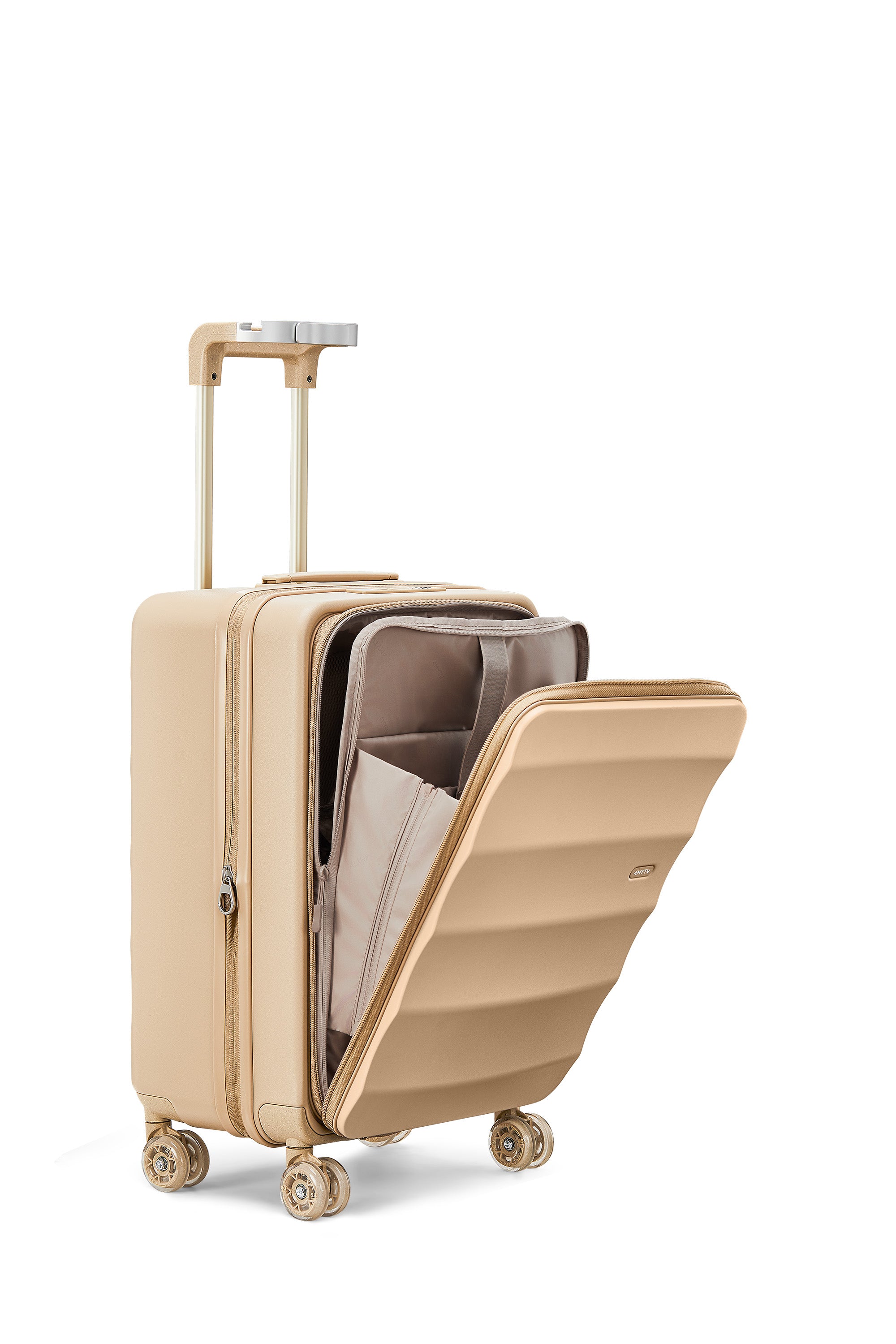Unlock Your Travel Dreams: Discover the Perfect Carry-On Suitcase!
Traveling opens up a world of adventure, allowing us to experience diverse cultures, cuisines, and landscapes. However, embarking on this journey requires careful preparation, and one of the most critical aspects is selecting a suitable carry-on suitcase. A well-chosen suitcase not only complies with international carry-on regulations but also enhances your travel experience by ensuring convenience and peace of mind. Imagine breezing through airport security without the hassle of checking bags or missing your flight. Understanding the importance of adhering to size and weight restrictions can make a significant difference in your travel plans, allowing you to focus on what truly matters: enjoying your journey.

Understanding International Carry-On Regulations
International carry-on regulations are essential guidelines that vary by airline and region, dictating the size and weight limits for luggage that can be taken onboard. Most airlines typically allow carry-on bags measuring around 22 x 14 x 9 inches, including handles and wheels, but these specifications can differ significantly. For instance, some budget airlines may enforce stricter rules to reduce cabin clutter, while others may offer more lenient policies. Additionally, weight restrictions can vary; some airlines impose a maximum weight of around 15-20 pounds, while others focus solely on size. When planning your travels, it's crucial to research and familiarize yourself with these regulations to avoid surprises at the airport. A friend of mine once faced a last-minute scramble at check-in because her carry-on exceeded the weight limit, leading to an unexpected fee. Understanding these regulations not only saves you time and money but also ensures a smoother boarding experience.
Key Features to Look for in a Carry-On Suitcase
When selecting the perfect carry-on suitcase for international travel, certain features are paramount. First, durability is key; look for materials that can withstand the rigors of travel, such as polycarbonate or ballistic nylon. Next, consider the weight of the suitcase itself; a lightweight option allows you to pack more without exceeding weight limits. The wheels are another crucial factor; 360-degree spinner wheels provide ease of maneuverability in crowded airports. Additionally, compartments and pockets for organization can help you separate travel essentials from personal items, making it easier to access what you need quickly. Lastly, security features like TSA-approved locks can give you peace of mind while your suitcase is out of sight. A travel companion of mine recently invested in a suitcase with multiple compartments, which made navigating through customs much simpler as he could locate his travel documents quickly.
Choosing the Right Size for Your Needs
Choosing the right size for your carry-on suitcase can greatly enhance your travel efficiency. Start by assessing your travel habits; do you often take short weekend trips, or do you prefer longer vacations? For weekend trips, a smaller carry-on may suffice, while longer excursions might require a larger option that still meets airline regulations. Packing efficiently is equally important; consider packing cubes to maximize space and keep your belongings organized. Roll your clothes instead of folding them to save space and minimize wrinkles. Additionally, make use of every inch of your suitcase—stuff shoes with socks or small items to utilize every available space. A friend of mine swears by this technique, claiming it allows her to pack an entire week's worth of clothing into a single carry-on, avoiding the hassle of checked baggage.
Materials and Construction of Carry-On Suitcases
The materials and construction of a carry-on suitcase can significantly influence its performance. Hard-shell suitcases, often made from polycarbonate or ABS, provide excellent protection for fragile items but may weigh more than soft-shell options. Soft-shell suitcases, typically constructed from nylon or polyester, offer flexibility and expandability, which can be advantageous for overpacking or squeezing into tight spaces. However, soft shells may provide less protection against impacts. It's essential to weigh the pros and cons of each material based on your travel style. For instance, if you frequently travel with electronics, a hard-shell suitcase may be a better choice for added protection. My friend learned this the hard way when her soft-shell suitcase was damaged during a bumpy flight, causing her to replace her laptop after the trip. Evaluating your needs and understanding the materials can lead to a more informed decision.
Tips for Packing Your Carry-On Suitcase
Packing a carry-on suitcase effectively can make or break your travel experience. Start with a packing list to ensure you don't forget anything essential. Utilize packing cubes to categorize your items, making them easy to locate. Rolling your clothes instead of folding them not only saves space but also reduces wrinkles. Be strategic with your packing; place heavier items at the bottom of the suitcase and lighter items on top. Additionally, consider using a compression bag for bulky items like jackets to save even more space. A travel buddy of mine has mastered the art of packing, often sharing her techniques on social media. She emphasizes the importance of leaving some space in your suitcase for souvenirs, ensuring you don’t have to rearrange everything before heading home.
Final Thoughts on Choosing Your Carry-On Suitcase
Choosing the right carry-on suitcase for international travel is an essential step toward ensuring a smooth journey. By understanding international carry-on regulations, identifying key suitcase features, selecting the appropriate size, considering materials, and mastering packing techniques, travelers can enhance their travel experience significantly. Investing time in the right suitcase not only saves you from potential inconveniences at the airport but also allows you to travel with confidence and ease. With the perfect carry-on suitcase by your side, you're one step closer to unlocking the travel dreams you've always envisioned.







